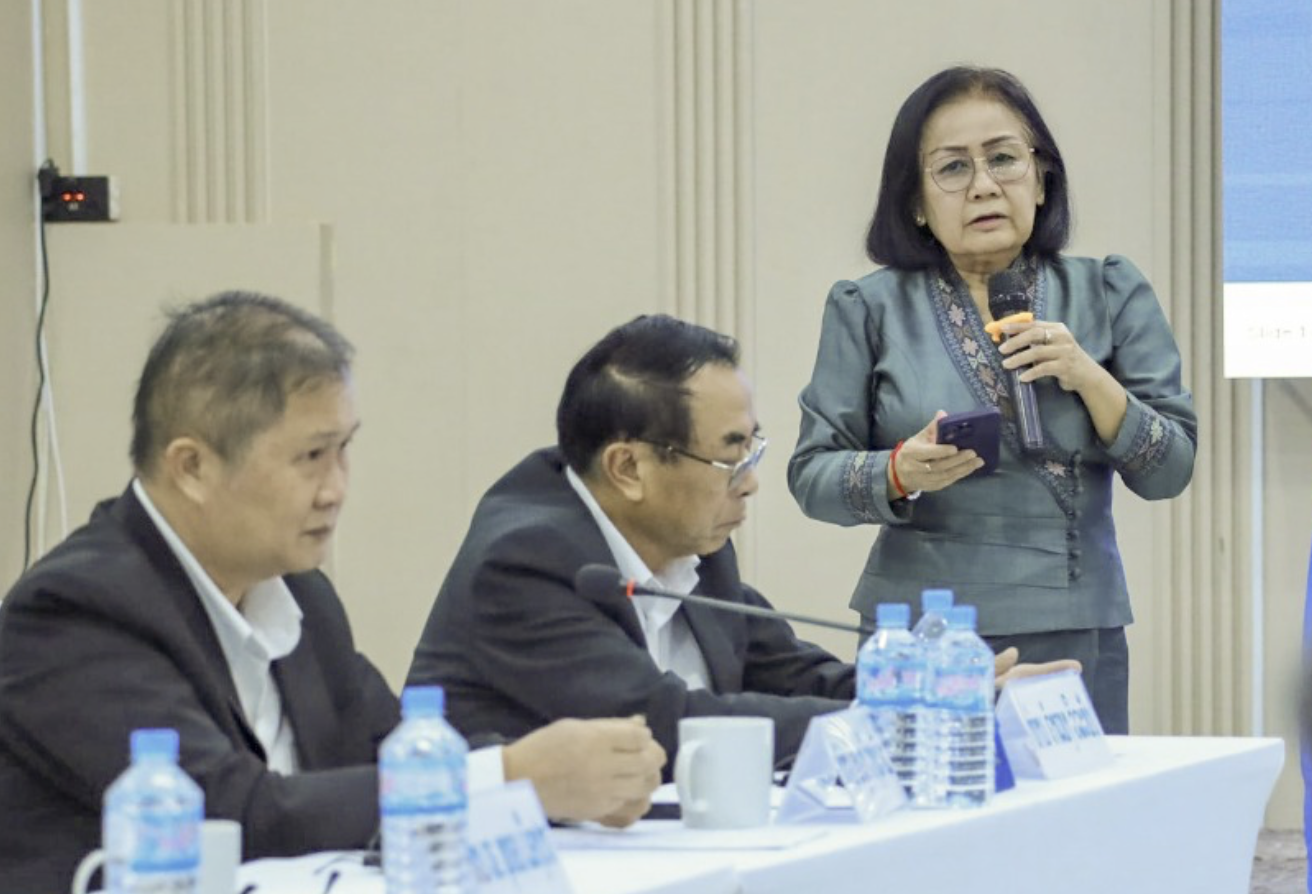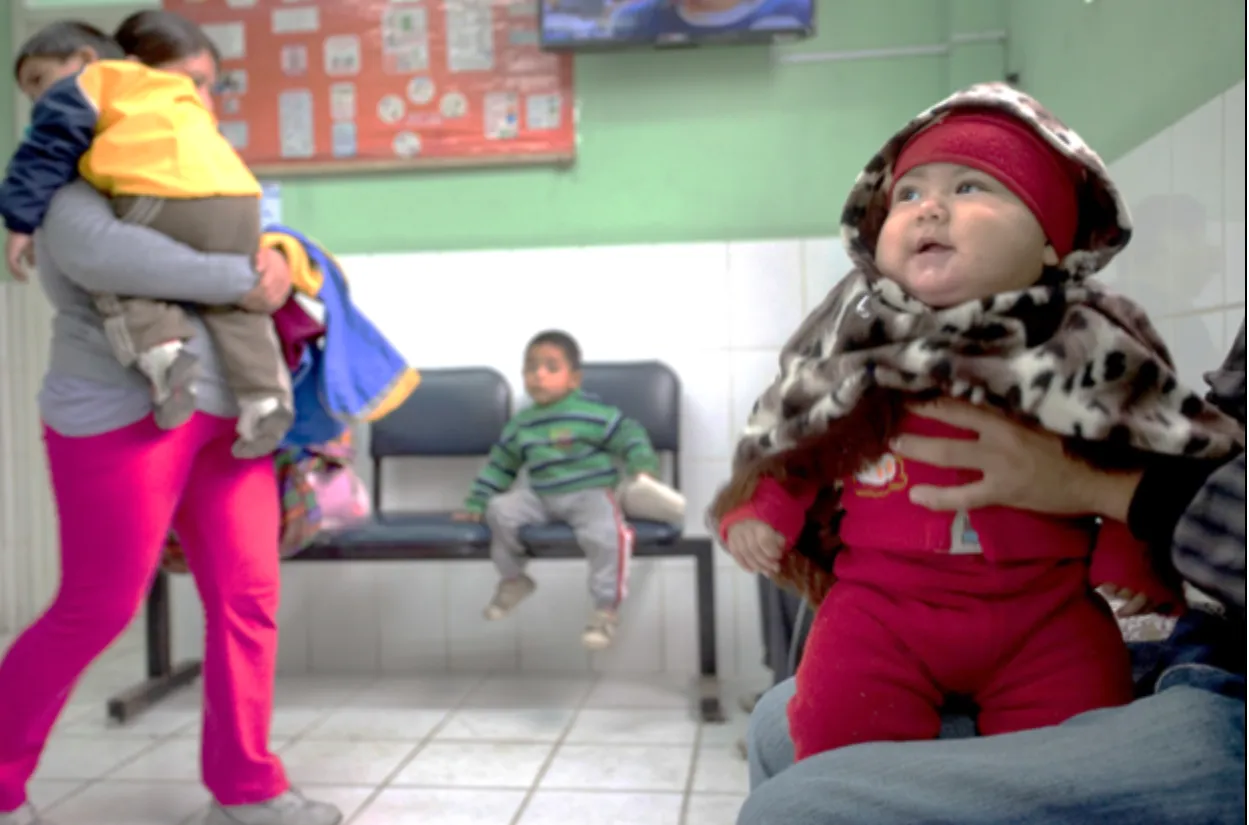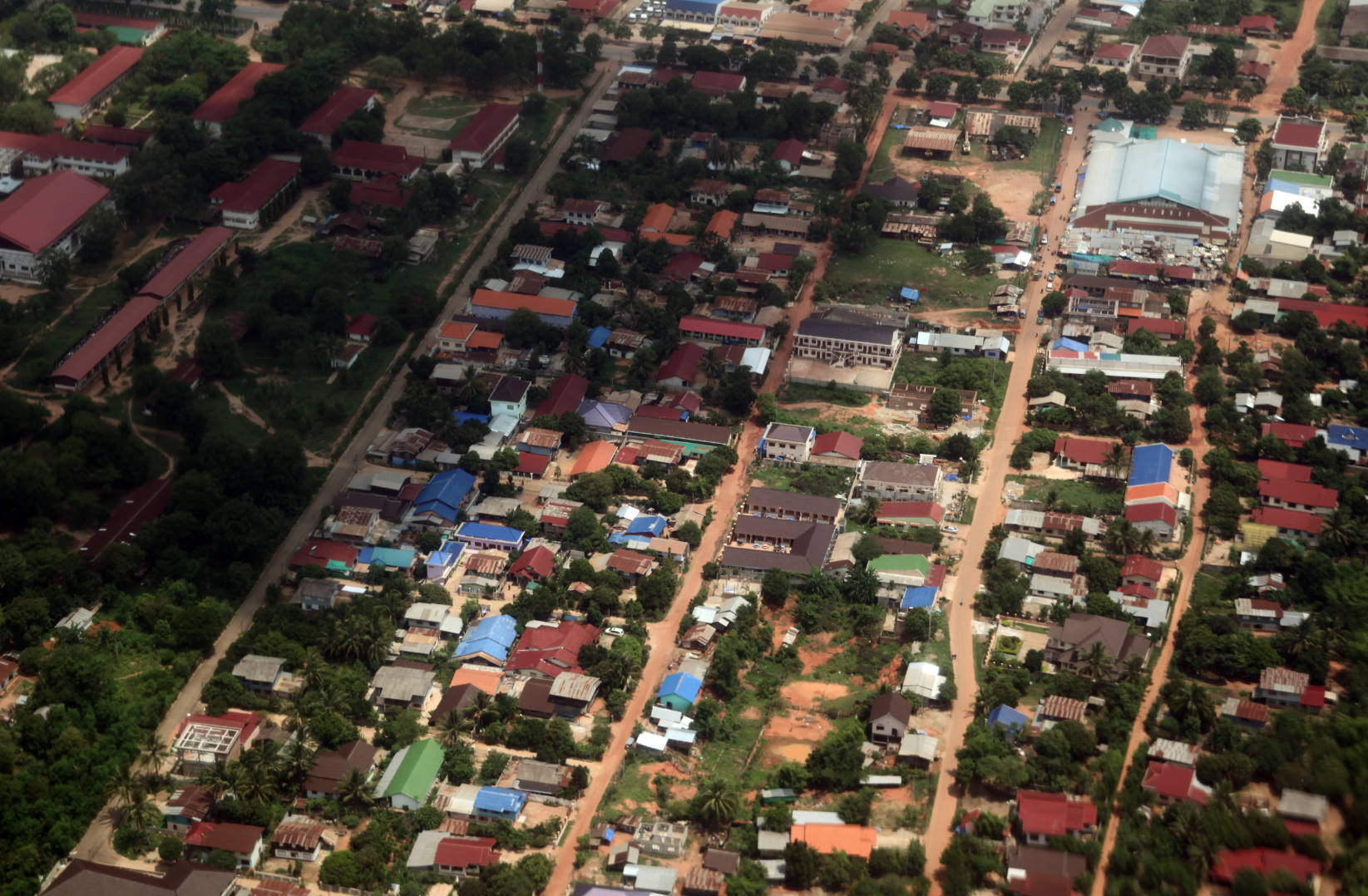Extension of social health protection using a tax-based financing model
Health insurance coverage was gradually expanded in the country through multiple health protection schemes, including the State Authority for Social Security (SASS) for civil servants (1995), the Social Security Organization for private employees (2001), community-based health insurance (CBHI) for self-employed and informal workers (2002), the Health Equity Fund for people living in poverty and vulnerable populations (2004), and the Free Maternal Neonatal and Child Health services policy (2010)[2]. Nevertheless, until 2015 less than 30% of the population was insured[1]. This resulted from low enforcement of mandatory schemes and limited enrollment in a voluntary scheme[3]. Insurance coverage significantly increased with the establishment and enforcement of national health insurance (NHI). In 2016, NHI began covering uninsured individuals working in the informal sector, and insurance coverage increased from 45% in 2016 to 94% in 2021[3]. Now, NHI’s main objective is to enhance social health protection and access to health care of the population and to attain UHC-related targets set for 2025[6].
Integration of social health protection schemes enhances risk pooling
Decree 470/PM on NHI, signed in 2012, aimed to increase risk pooling and harmonize administration under the social health protection scheme. In 2016, three schemes – iCBHI, FMNCH, and HEF – were merged under NHI. In 2019, the Ministry of Health of Lao People’s Democratic Republic merged SASS and SSO under NHI[5]. Thus, NHI now covers both formal and informal employment as well as people living in poverty and vulnerable populations.



